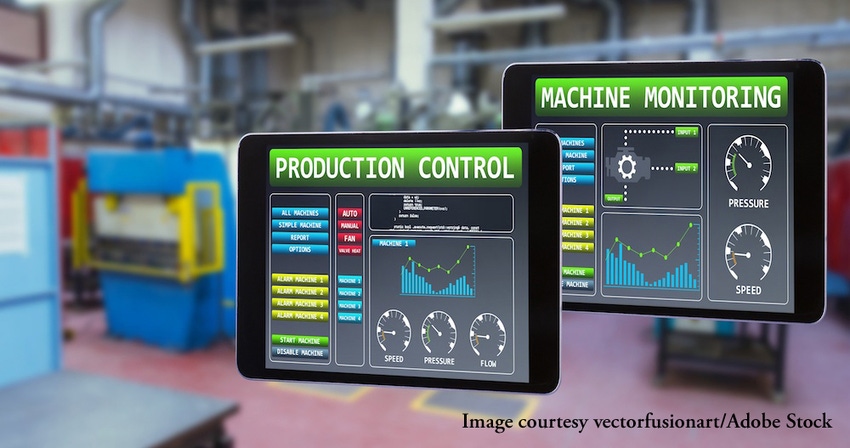7 steps to harnessing Big Data in your packaging operations

Most of us lead a data-driven life via our phones, watches and other devices. However, most of the time, we don’t harness much of the information that’s available to us. It’s either overwhelming or we don’t have the time to review the data. This is not only the case in our personal lives, but it holds true in our professional environments, as well.
I’ll use plastic bottle making as an example, though this can also be applied to any packaging production operation. In our experience as PET bottle blowmolding operators and trainers, we’d venture that a very low percentage of manufacturing environments make full use of the relevant data available from equipment and processes in order to optimize production.
And that leaves a lot of room for improvement.
We also realize that a large amount of data can quickly become overwhelming if you are looking at too many metrics at once. Here are seven steps we recommend to get you started on a solid, systematic approach to reaching data-driven goals.
1. Define clear goals. What is your organization trying to do? Are you trying to commercialize a new light weight package design that meets performance specs, disrupts the market or simply improve your bottle blowing efficiencies to generate more ROI?
2. Zero in on key data. Make sure you focus on information that is the most important/relevant for your organization. Focusing your attention will remove data distractions and give you a better chance of achieving your goals.
3. Make it a team effort. Companies frequently make the mistake of only involving manufacturing for issues relating to production. Pull in marketing, procurement and any other functions that have a stake in the output. For example, marketing may tell you that the new pinch-grip bottle is not receiving positive consumer reviews due to a performance issue that needs to be modified in production.
4. Analyze data regularly. Also make sure to compare to historical data, which can be used to solve today’s problems.
5. Monitor production windows. Different preform bottle combinations coupled with use of post-consumer recycled resin have different production windows. Some are wide, while others are more restrictive. Make sure your operators know what the operating window is so that critical decisions can be made on the fly so that downtime is reduced.
6. Pay attention to efficiency metrics. Examples include amount of scrap produced and cycle times. Understand what impacts your efficiency (such as ambient conditions) and how to improve production efficiencies.
7. Older equipment can be modified. Don’t think just because you don’t have the latest production equipment, you can’t access the critical data you need. Just like you can swap out the stereo in an old car, most equipment can be retrofit with the software you need to produce meaningful data for your operation.
The goal is to find your production sweet spot—the area where your scrap is at an acceptable level and that your bottle meets desired performance attributes. Harnessing the data correctly in real time can dramatically impact profitability.
Likewise, for packaging operations, the goal is to minimize your scrap levels while producing efficiently-made packaged goods that meet quality assurance requirements.
Sumit Mukherjee, chief technology officer of PTI, has 25 years' experience in preform and container design, materials characterization, process simulation and modeling, and finite element analysis (FEA) for package performance prediction. PTI is a globally recognized source for preform and package design, package development, rapid prototyping, pre-production prototyping, and material evaluation engineering for the plastic packaging industry.
___________________________________________________________________________________
The full gamut of packaging technology can be found at PackEx Toronto June 4-6, 2019, where the latest machinery and automation solutions, innovative ideas in containers and design and free education at Centre Stage will be available. For more information, visit PackEx Toronto. ___________________________________________________________________________________
About the Author(s)
You May Also Like




